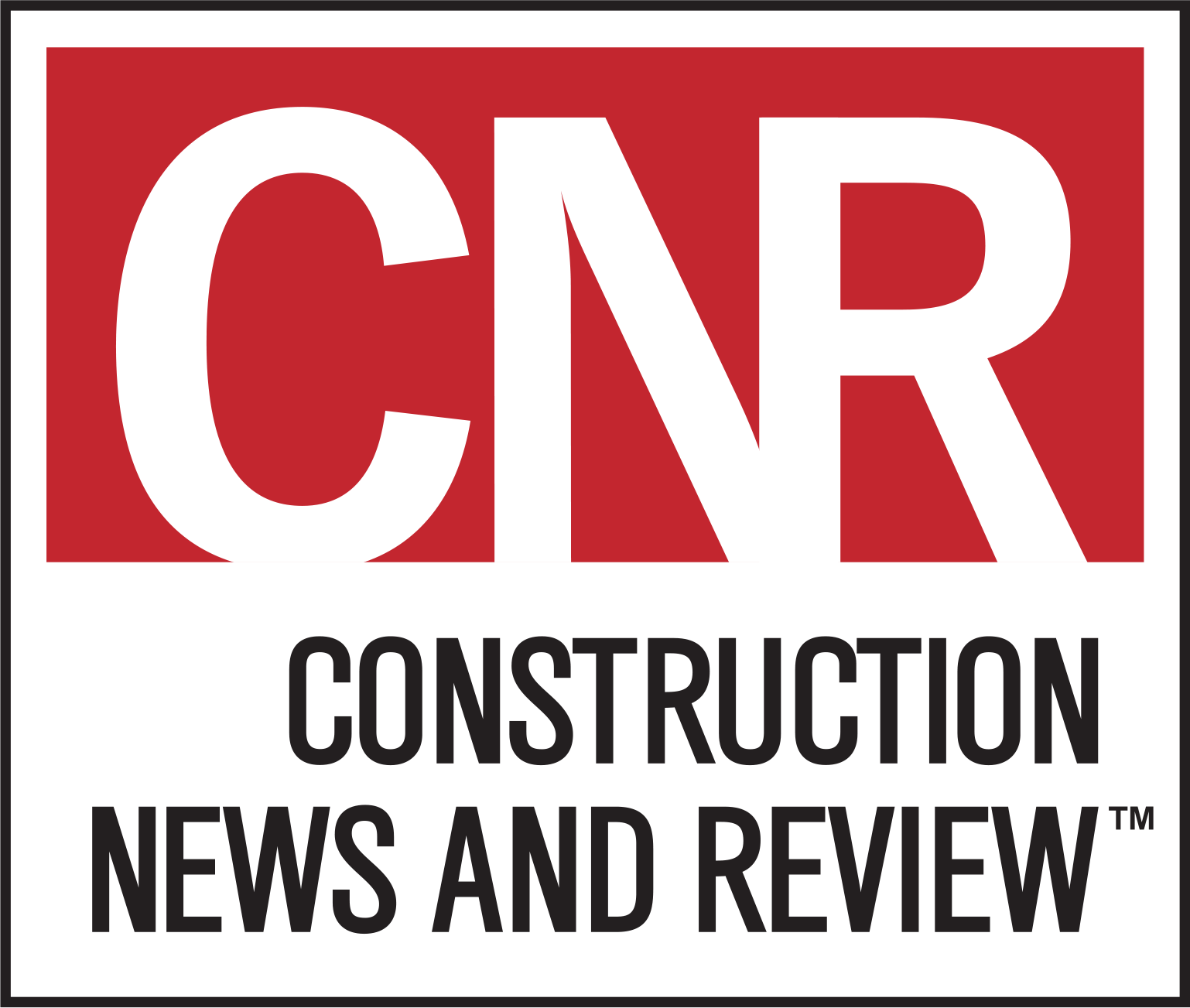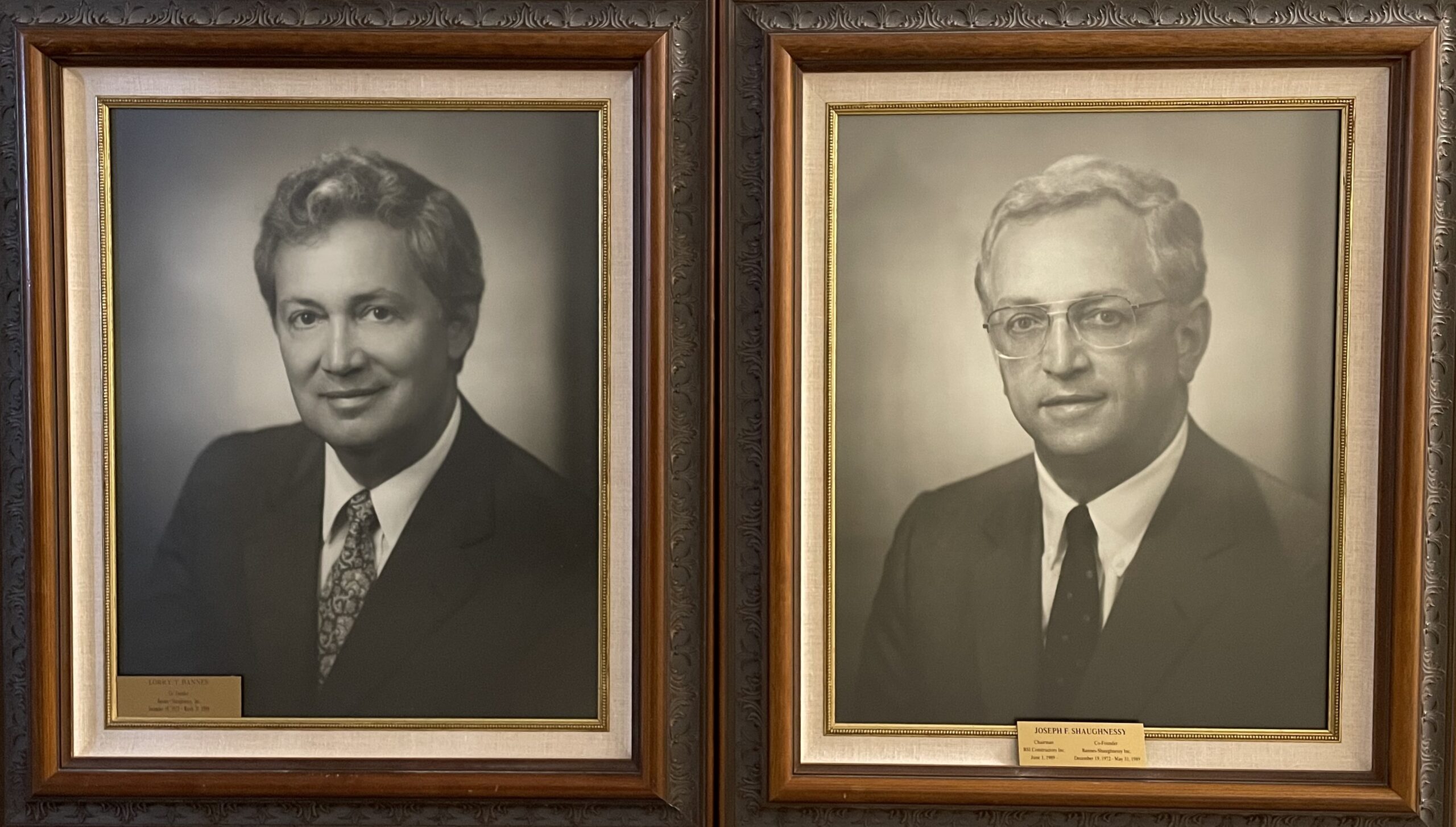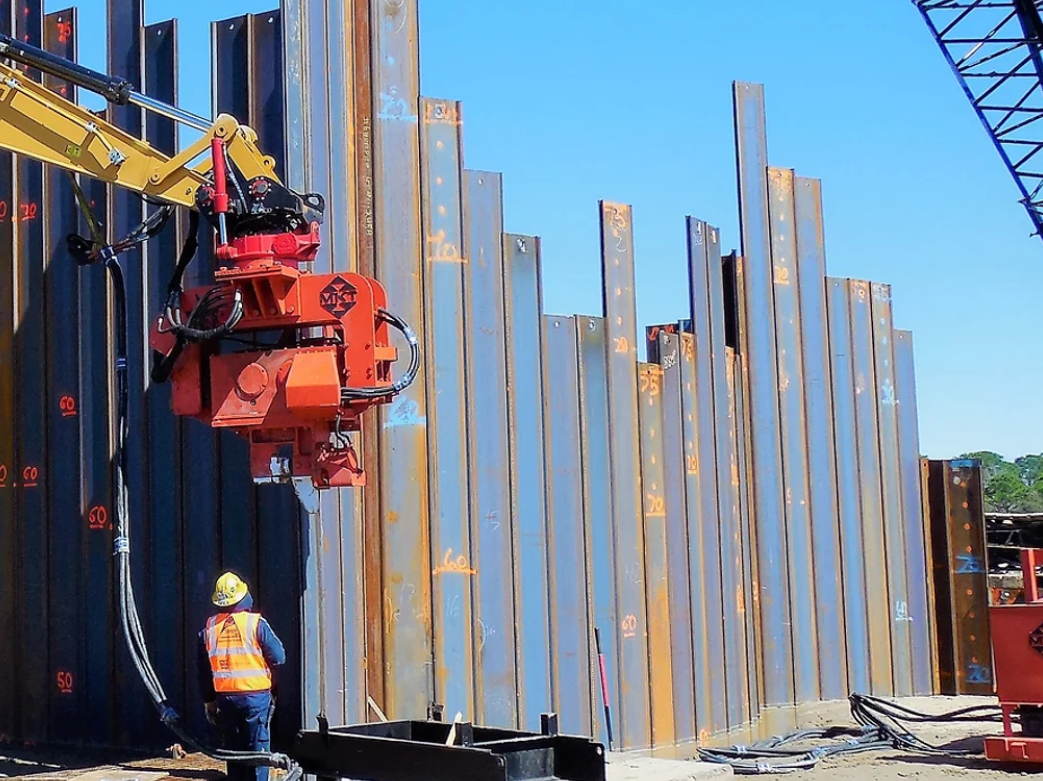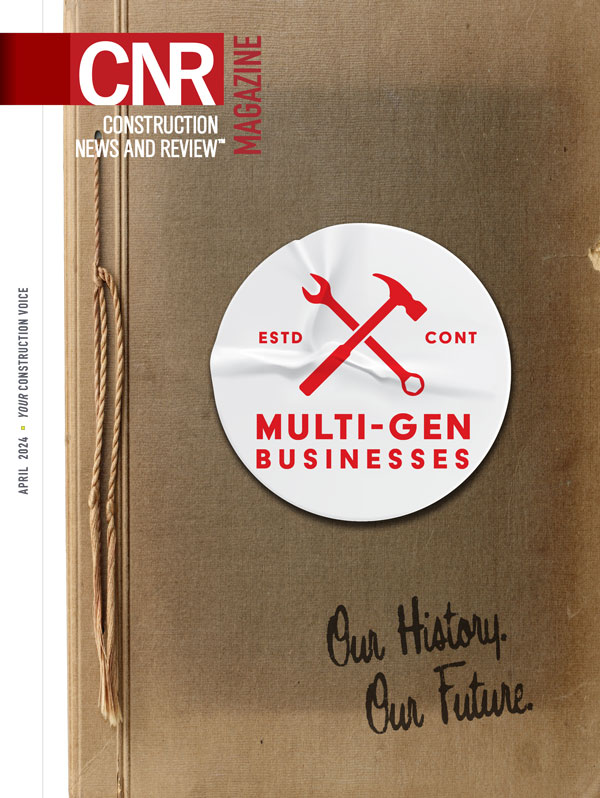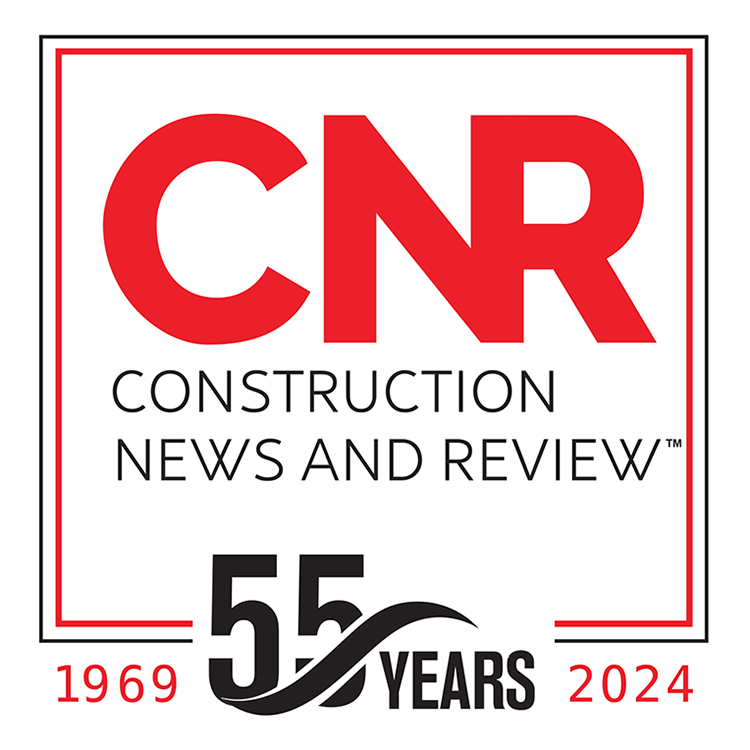179D Tax Deduction: What It Is and How You Qualify
If you’re a building owner, you may have heard about the benefits of the 179D tax deduction. Does it make sense for your building? Will you qualify? Here are the basics of what you need to know.
Commercial building owners—including REITs and tax-exempt building owners—may qualify for the 179D Commercial Buildings Energy-Efficient Tax Deduction if they meet certain criteria about their building’s energy efficiency, including reductions in overall energy and power costs compared to a reference building. By installing qualifying systems, building owners can claim a tax deduction that can add up quickly.
Energy-efficient systems that may qualify include:
- Interior lighting
- Building envelope
- Heating, cooling, ventilation and hot water systems
- The building envelope
The deduction is typically claimed by the building owner, but in some cases, it can be allocated to the primary designer, such as architects, engineers, or contractors, responsible for the energy efficient improvements. Check out the IRS Notice 2008-40 to learn more.
While 179D has been around since Jan. 1, 2006, it became a permanent program through the Consolidated Appropriations Act of 2021 and was expanded as part of the Inflation Reduction Act (IRA) of 2022. Deductions were revised as part of the IRA, beginning Jan. 1, 2023.
Buildings put into service in 2023 or beyond can receive a deduction of 50 cents per square foot, so long as they meet the baseline 25 percent energy savings to the reference building. Deductions increase by two cents per square foot – up to $1.00 per square foot – for each added percentage point of energy reduction.
But meet prevailing wage and apprenticeship requirements and you supercharge the deduction up to five times the savings per square foot. Deductions begin at $2.68 per square foot at the 25 percent energy savings baseline, and with each added percentage point of energy savings, you add 11 cents per square foot to a maximum of $5.36 per square foot.
The deduction cannot exceed the cost of the improvement, but there is no longer a lifetime cap for deductions on a building. It can be claimed every three years (four years for tax exempt entities) as long as you make the qualifying upgrades.
What about buildings put in service prior to Jan. 1, 2023? The deduction is capped at $1.80 per square foot, indexed for inflation after 2020. In most cases, the building must reach 50 percent energy savings. These IRS notices offer more details:
Notice 2012-26
Notice 2006-52
Notice 2008-40
To meet the prevailing wage requirement, the workers on the job must be paid prevailing wages for the area. In addition, 12.5 percent to 15 percent of total trade hours during construction must be at the apprentice level. There are a few exceptions. For more information, read the IRS FAQ.
Energy savings will be measured against the latest ASHRAE Standard 90.1, depending on when the building was put into service, and must be certified by a qualified engineering firm. Buildings placed in service before Jan. 1, 2015, will be measured against 90.1-2001; those placed in service after Dec. 31, 2014, and before Jan. 1, 2027, will be measured against 90.1-2007; and those placed in service after Dec. 31, 2026, will be measured against 90.1-2019. For more details, read Announcement 2023-1.
As you can see, there’s a lot to know about the 179D Commercial Buildings Energy-Efficiency Tax Deduction. Making the effort to understand the basics is time well spent, however, as the potential benefits can provide a significant tax deduction. To best decide if your building project might qualify for the 179D tax deduction, consider contacting your CPA or tax professional.
Fresh Content
Direct to Your Inbox

YOUR CONSTRUCTION VOICE IN ST. LOUIS AND BEYOND
Join CNR Magazine today as a Content Partner
As a CNR Content Partner, CNR Magazine promises to support you as you build, design and engineer projects not only in and around St. Louis, but also across the U.S. CNR is equipped and ready to deliver a dynamic digital experience paired with the top-notch, robust print coverage for which you’ve always known and respected the magazine.
